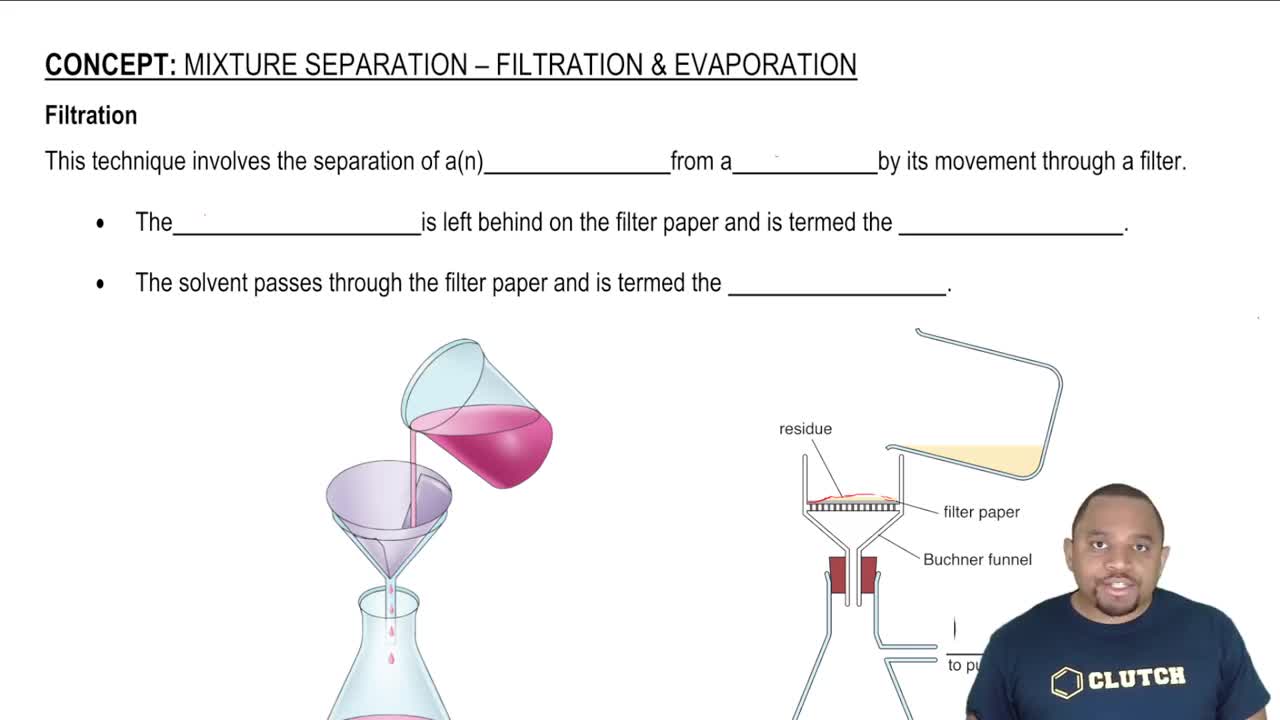Here are the essential concepts you must grasp in order to answer the question correctly.
Phase Changes
Phase changes refer to the transitions between solid, liquid, and gas states of matter. In this scenario, water initially in the liquid phase undergoes a phase change to ice, which occurs when the temperature drops below the freezing point. Understanding phase changes is crucial for explaining how water can freeze under reduced pressure.
Recommended video:
Vapor Pressure and Boiling Point
Vapor pressure is the pressure exerted by a vapor in equilibrium with its liquid or solid form. When the vacuum pump is activated, it lowers the pressure above the water, which can cause the boiling point of water to decrease. This reduction in boiling point can lead to rapid evaporation, which explains the decrease in water volume.
Recommended video:
Cooling Effect of Evaporation
The cooling effect of evaporation occurs because the molecules with the highest kinetic energy escape first, leaving behind cooler molecules. As water evaporates in the vacuum, it absorbs heat from the remaining liquid, leading to a drop in temperature that can cause the remaining water to freeze. This principle is essential for understanding the observed phenomenon in the flask.
Recommended video:
Filtration and Evaporation
 Verified step by step guidance
Verified step by step guidance


